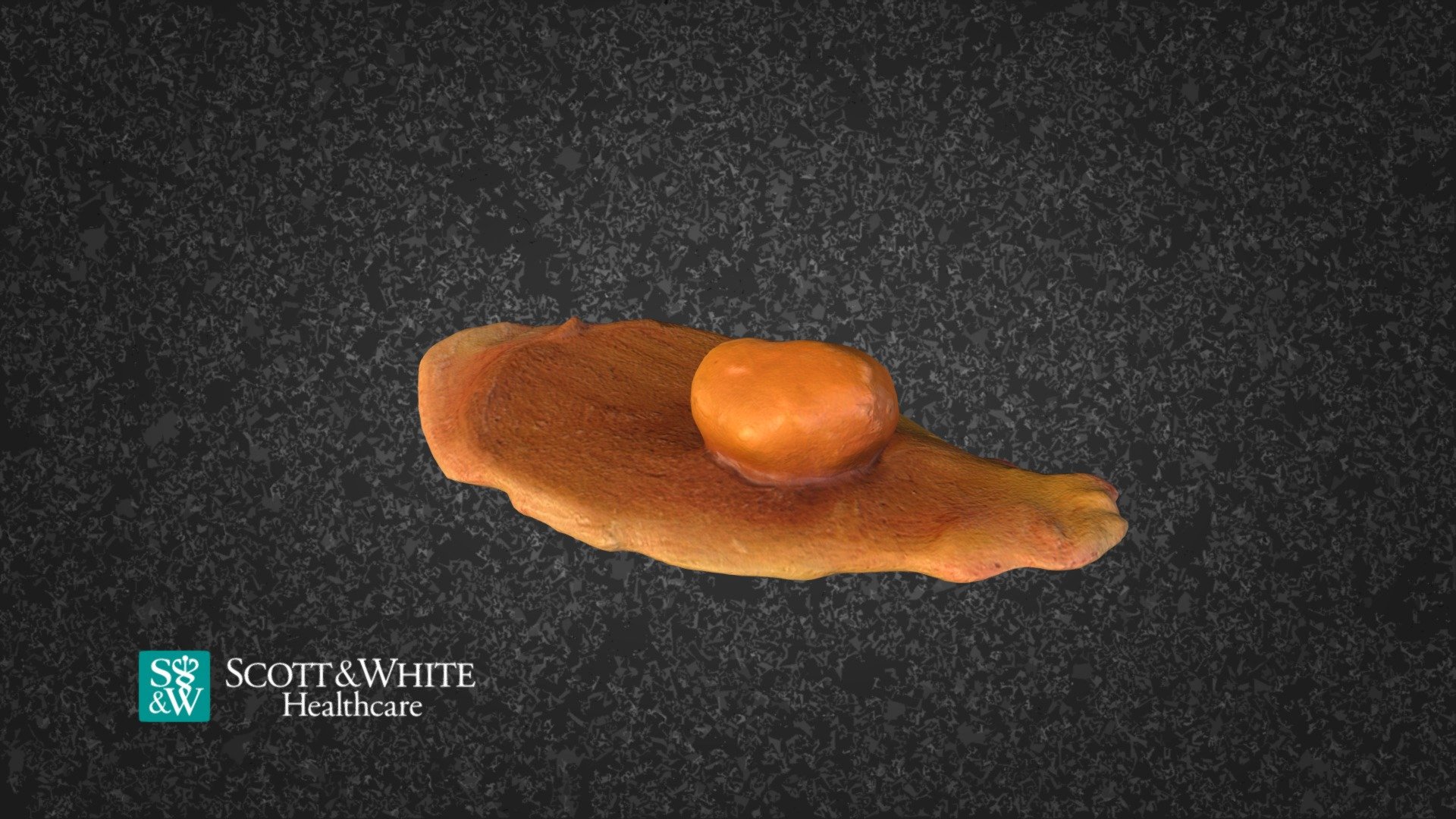
Gallbladder Cholecystitis 98043
sketchfab
The human body is a complex and highly specialized organism that has evolved over millions of years to adapt to its environment. Its intricate systems work together seamlessly to maintain homeostasis, regulate vital functions, and enable it to interact with the world around it. From the beating of the heart to the functioning of the brain, every system plays a crucial role in sustaining life. The human body is made up of approximately 60 trillion cells, each with its own unique characteristics and functions. These cells are grouped into various tissues, which are then organized into organs that work together to maintain overall health. The nervous system, for example, transmits signals throughout the body, while the digestive system breaks down nutrients from food. In addition to its physical components, the human body also has a complex emotional and psychological makeup. Emotions such as happiness, sadness, and fear are triggered by chemical reactions in the brain, which can affect behavior and interactions with others. The human mind is capable of incredible feats, including problem-solving, creativity, and learning. Despite its incredible abilities, the human body is vulnerable to disease and injury. Infections, illnesses, and injuries can compromise its functioning, leading to a range of symptoms and potentially life-threatening complications. However, through medical advances and good health practices, many diseases can be prevented or treated effectively. The human body is a remarkable and dynamic system that continues to fascinate scientists and researchers. As our understanding of it grows, so does our ability to improve its functioning and enhance overall well-being. By studying the intricacies of the human body, we can gain valuable insights into health, disease, and the complexities of life itself. Note: The Flesch-Kincaid test is a readability test that scores the text on a scale of 0-100, with 100 being the easiest to read. A score of 100 would indicate that the text is written at a grade level of 5th or 6th grade and would be suitable for readers who have an average vocabulary and reading ability.
With this file you will be able to print Gallbladder Cholecystitis 98043 with your 3D printer. Click on the button and save the file on your computer to work, edit or customize your design. You can also find more 3D designs for printers on Gallbladder Cholecystitis 98043.
